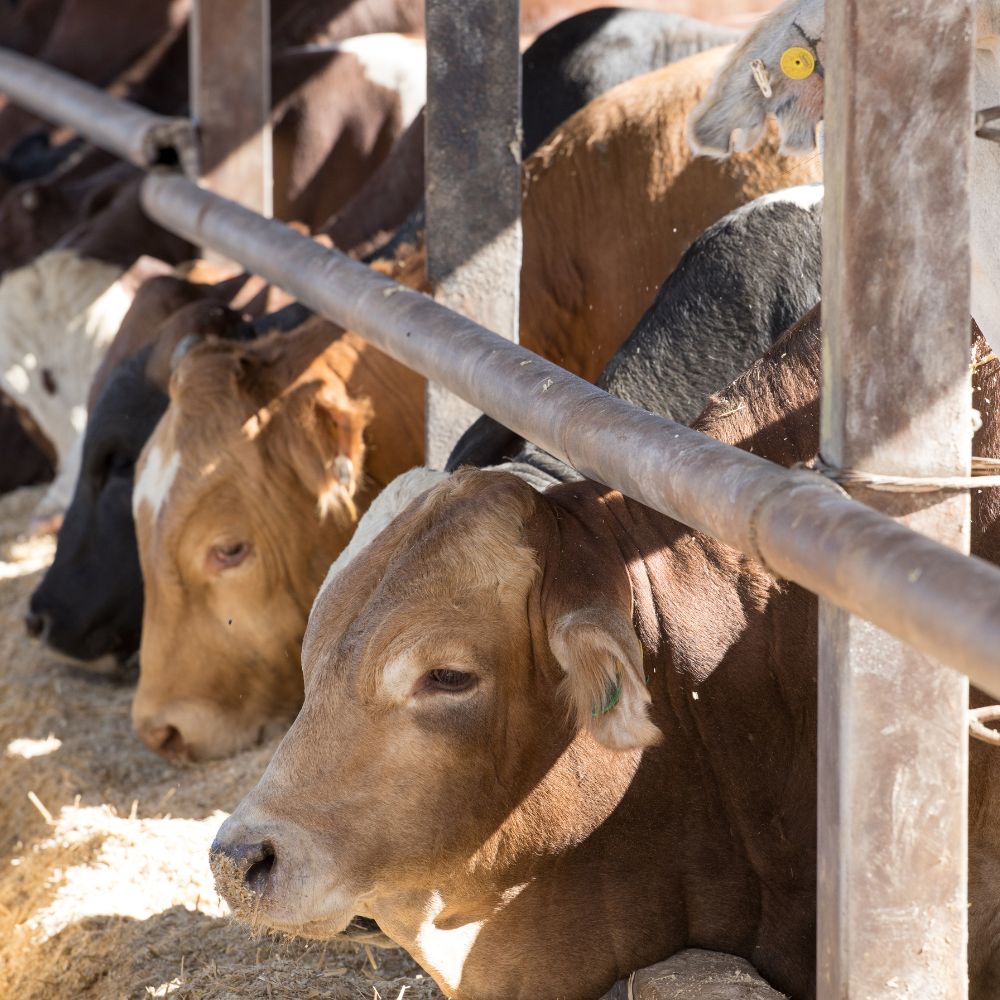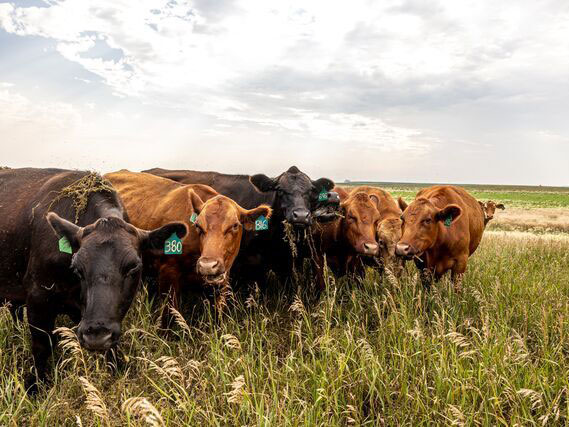Equip Your Organization: Bagley Risk Management Insights
Equip Your Organization: Bagley Risk Management Insights
Blog Article
Key Variables to Think About When Deciding On Animals Threat Security (LRP) Insurance
When reviewing alternatives for Livestock Risk Protection (LRP) insurance policy, a number of vital factors necessitate careful factor to consider to make sure effective risk management in the agricultural field. Choosing the ideal coverage options tailored to your details animals operation is extremely important, as is recognizing just how exceptional costs associate with the degree of security used.
Coverage Options
When taking into consideration Animals Risk Security (LRP) insurance coverage, it is important to comprehend the various insurance coverage choices readily available to minimize dangers in the farming sector. Animals Danger Security (LRP) insurance provides different coverage choices tailored to meet the diverse requirements of livestock producers.
An additional vital protection option is the endorsement period, which determines the length of time the protection is in impact. Manufacturers can select the endorsement period that ideal matches their production cycle and market problems. In addition, insurance coverage levels and prices vary based on the kind of animals being guaranteed, providing producers the adaptability to tailor their insurance coverage plans according to their certain demands.
Comprehending the different coverage choices offered under Animals Danger Defense (LRP) insurance coverage is vital for manufacturers to make enlightened choices that effectively shield their livestock procedures from market unpredictabilities.
Costs Expenses

Animals Danger Protection (LRP) insurance policy offers important insurance coverage options customized to alleviate risks in the agricultural sector, with a substantial aspect to think about being the computation and structure of premium expenses. When figuring out premium expenses for LRP insurance policy, a number of variables come right into play. These consist of the type and number of livestock being insured, the protection degree chosen, the current market value, historical rate data, and the size of the protection period. Insurers may also take into consideration the place of the ranch, as geographical variables can affect the total threat profile.
Premium expenses for LRP insurance coverage are typically determined based upon actuarial information and run the risk of assessment versions. Insurance companies analyze historic information on livestock costs and manufacturing costs to figure out an appropriate premium that mirrors the degree of risk involved. It is essential for livestock producers to very carefully review premium expenses and insurance coverage choices to guarantee they are properly protected against possible economic losses because of negative market conditions or unforeseen events. By comprehending just how premium costs are computed and structured, manufacturers can make enlightened decisions when selecting the best LRP insurance plan for their operation.
Qualified Animals
The decision of eligible livestock for Livestock Threat Defense (LRP) insurance policy coverage entails cautious consideration of particular requirements and attributes. Animals kinds that are generally eligible for LRP insurance consist of feeder cattle, fed cattle, swine, and lambs.
Feeder cattle, for example, are commonly qualified for LRP protection if they fall within specified weight arrays. Fed cattle might likewise be eligible, however they should meet particular weight and top quality grade demands. Swine eligible for insurance coverage normally include market weight pets planned for massacre. Lambs are one more group of livestock that can be taken into consideration for LRP insurance coverage, with factors such as weight and age playing an essential function in identifying their qualification.
Prior to choosing LRP insurance policy for animals, manufacturers must meticulously review the qualification standards detailed by the insurance coverage company to guarantee their pets fulfill the required requirements for insurance coverage.
Policy Flexibility
Plan adaptability in Livestock click to read Danger Security (LRP) insurance allows manufacturers to tailor protection to suit their certain requirements and take the chance of administration approaches. This flexibility encourages livestock producers to tailor their insurance plan based on factors such as the sort of livestock they possess, market conditions, and individual danger tolerance degrees. One key aspect of plan versatility in LRP insurance is the capacity to choose coverage degrees that align with the manufacturer's monetary goals and run the risk of exposure. Manufacturers can select protection levels that protect them versus potential losses as a result of changes in livestock costs, guaranteeing they are sufficiently guaranteed without overpaying for unnecessary insurance coverage. In addition, LRP insurance uses adaptability in policy duration, enabling manufacturers to choose insurance coverage periods that ideal fit their production cycles and marketing timelines. try here By supplying personalized choices, LRP insurance coverage enables manufacturers to successfully manage their danger exposure while safeguarding their livestock procedures versus unanticipated market volatility.
Insurance Claims Process
Upon experiencing a loss or damage, producers can start the cases procedure for their Livestock Risk Security (LRP) insurance coverage by without delay contacting their insurance policy service provider. It is vital for manufacturers to report the loss as quickly as possible to speed up the claims procedure. When connecting to the insurance copyright, manufacturers will certainly require to give detailed info concerning the event, consisting of the day, nature of the loss, and any kind of appropriate documentation such as veterinary documents or market value.

After the evaluation is complete, the insurance coverage copyright will certainly make a decision regarding the insurance claim and communicate the end result to the producer. The manufacturer will certainly receive payment according to the terms of their Animals Threat Security (LRP) insurance policy if the insurance claim is accepted. It is crucial for producers to be acquainted with the cases process to ensure a smooth experience in case of a loss

Final Thought
Finally, when selecting Livestock Risk Protection (LRP) insurance, it is crucial to think about protection alternatives, premium costs, eligible livestock, policy flexibility, and the cases process. These crucial aspects will help make sure that herdsmans and farmers are appropriately shielded versus prospective risks and losses connected with their livestock operations. Making a notified choice based upon these factors to consider can eventually result in better monetary security and tranquility of mind for animals manufacturers.
Animals Risk Defense (LRP) insurance provides different insurance coverage alternatives customized to meet the varied needs of livestock producers.The decision of qualified animals for Animals Danger Security (LRP) insurance coverage entails cautious factor to consider of details standards and features.Plan adaptability in Livestock Risk Defense (LRP) insurance permits producers to customize protection to fit their specific needs and take the chance of management strategies.Upon experiencing a loss or damage, manufacturers can start the cases process for their Animals Threat Defense (LRP) insurance by quickly calling their insurance coverage company.In conclusion, when picking Livestock Risk Security (LRP) insurance policy, it is crucial to consider protection options, premium costs, eligible animals, plan adaptability, and the insurance claims process.
Report this page